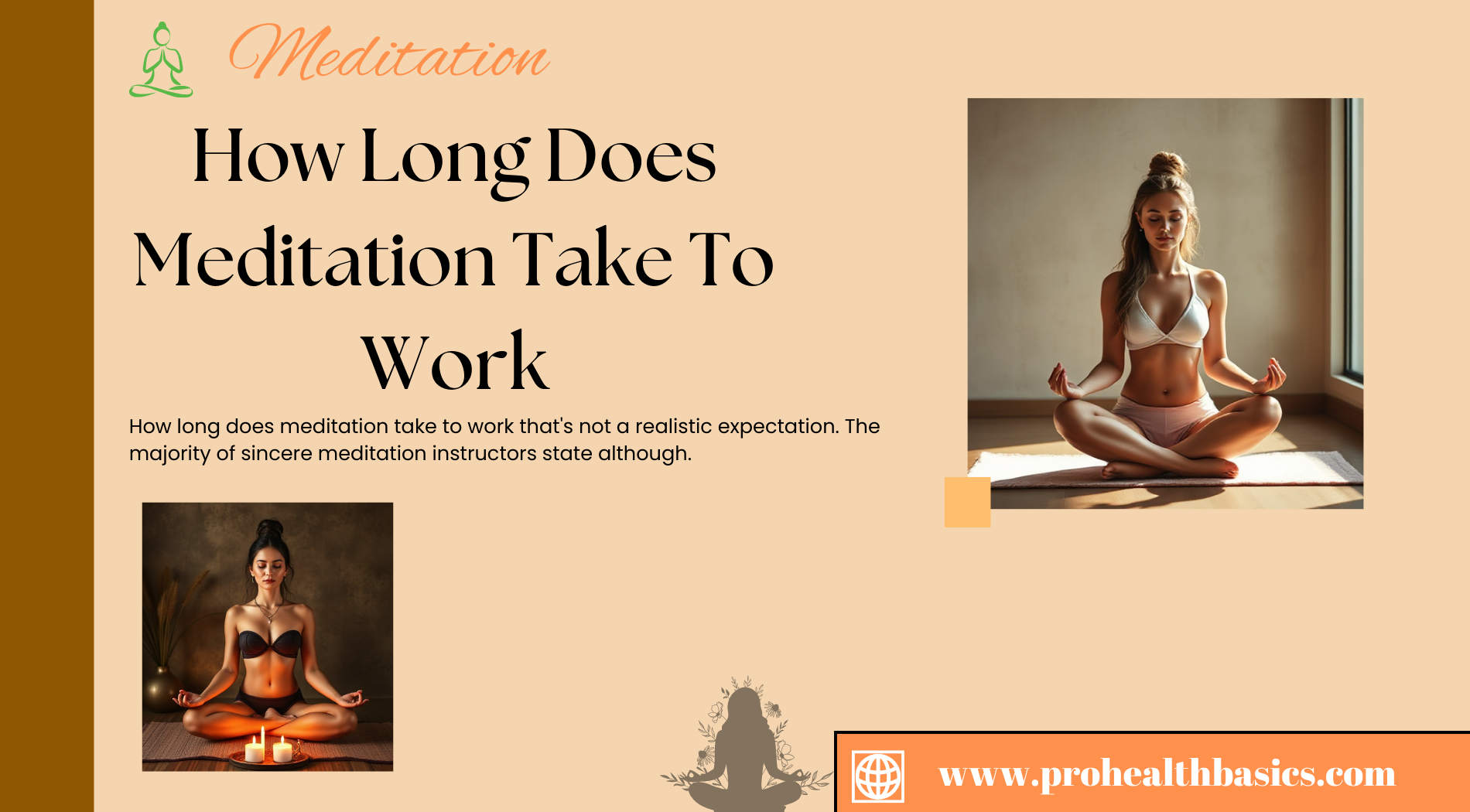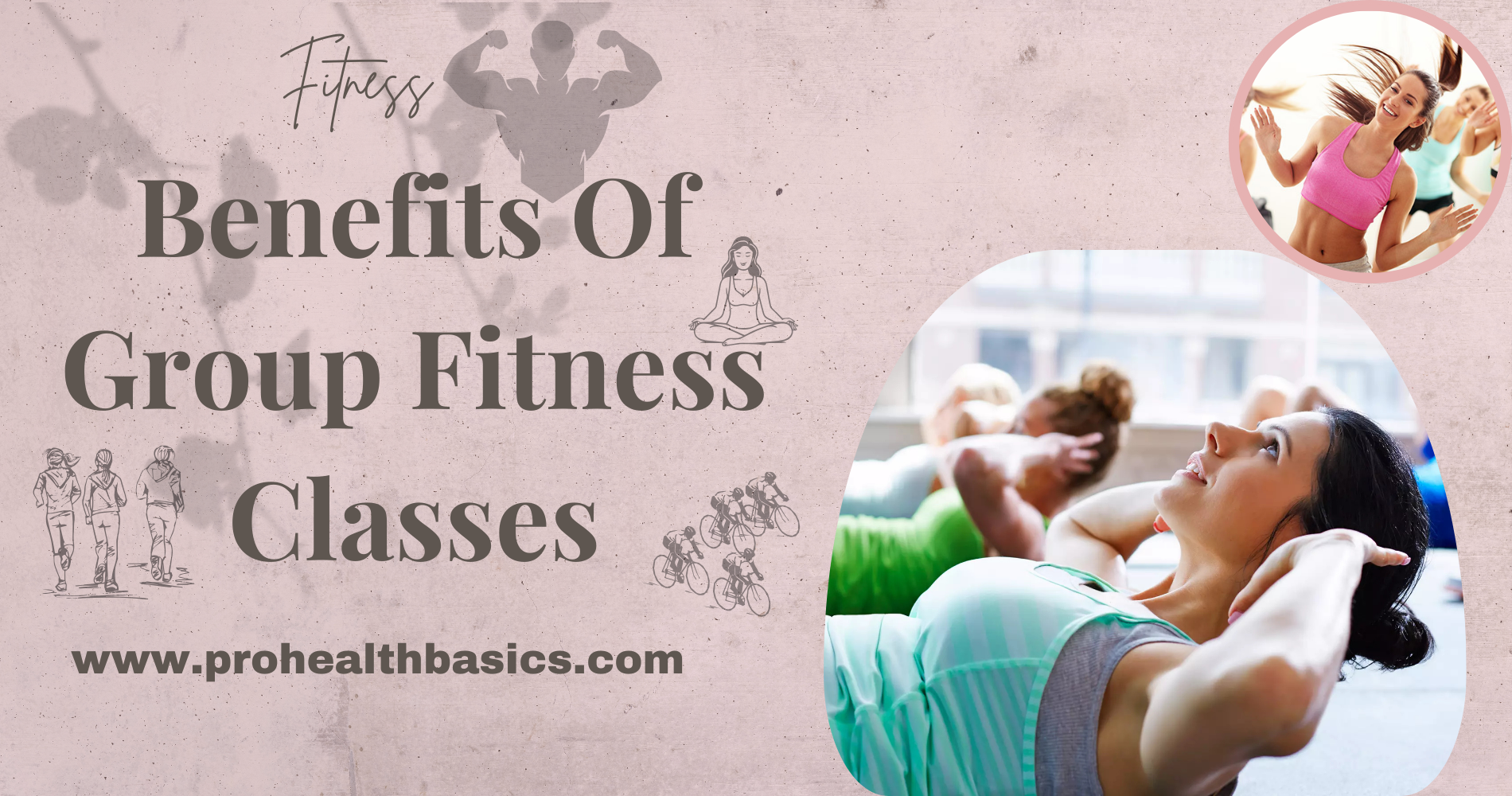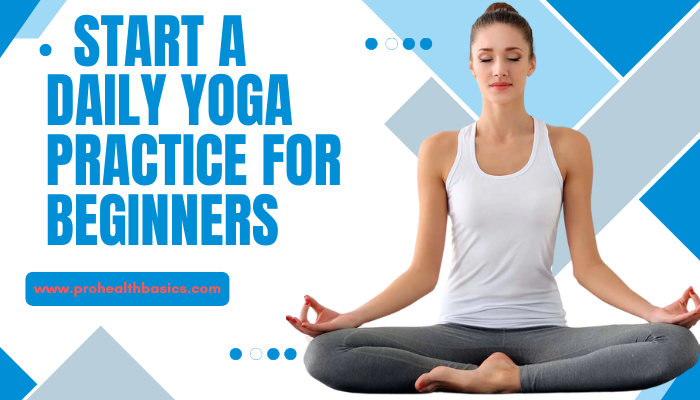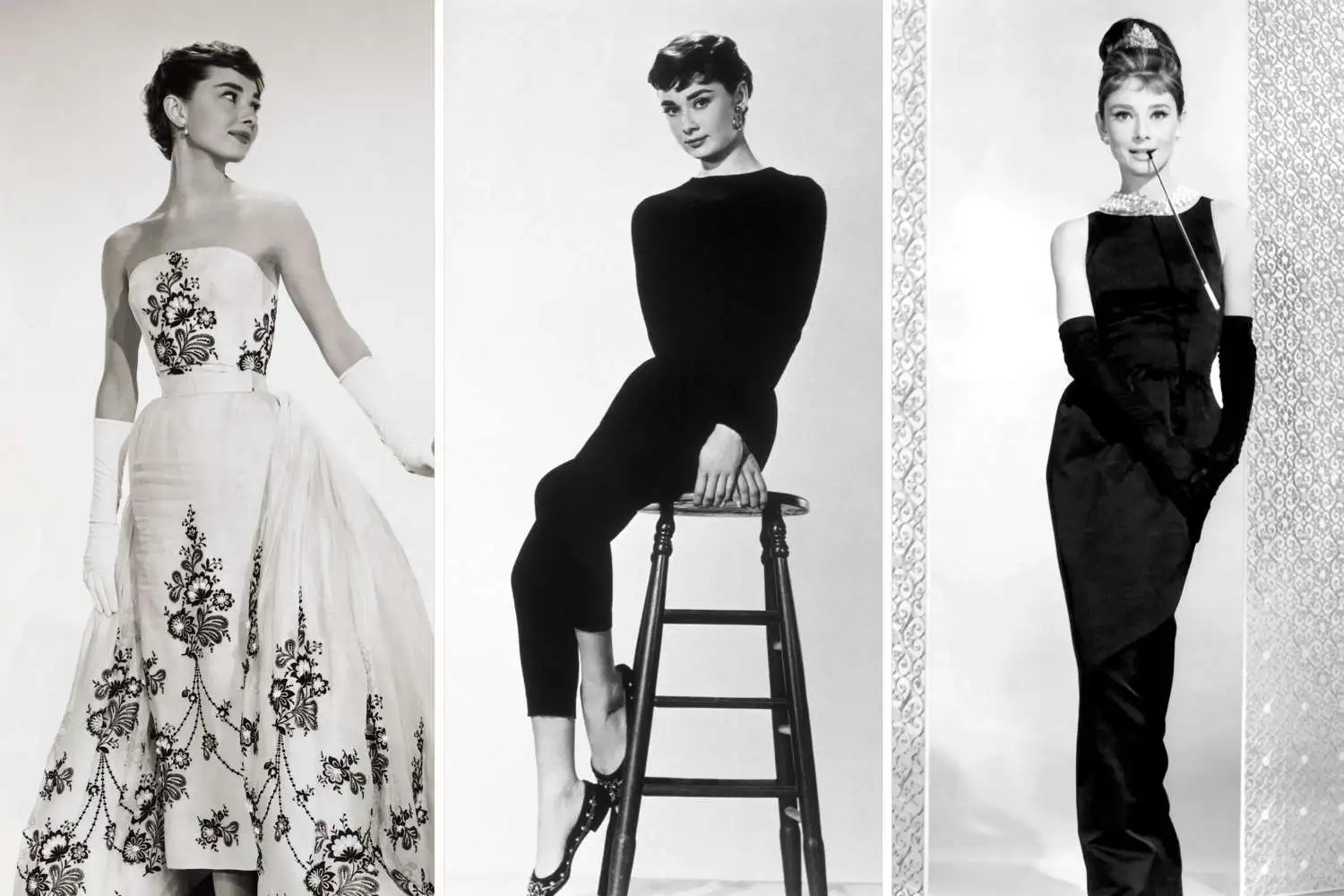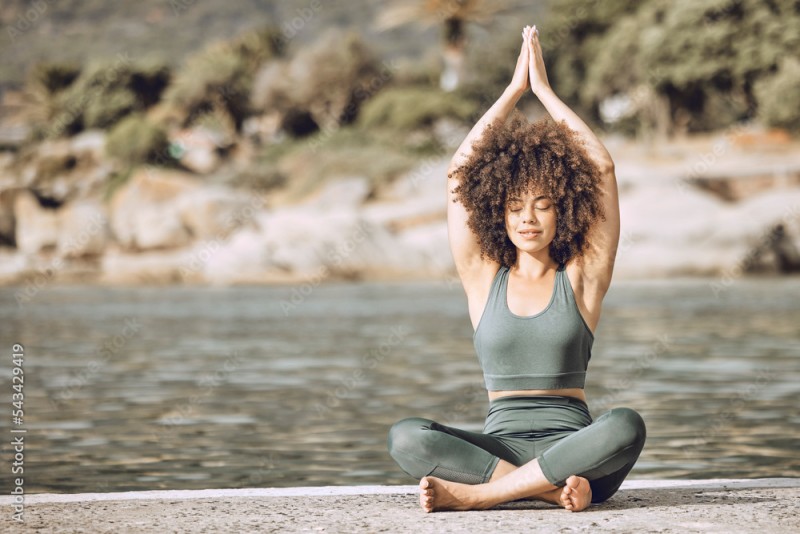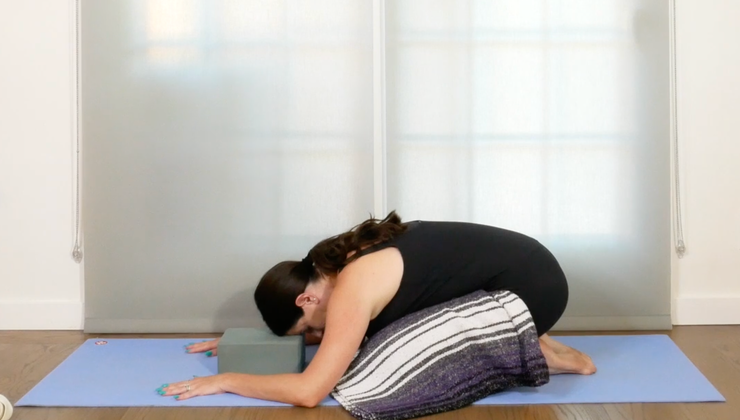One of the many advantages of yin yoga is that it offers us an opportunity to dial back and sit with our actual pressure as well as our difficult and awkward feelings.
We store feelings in our bodies. At the point when the thoughtful sensory system — our survival reaction — is initiated by a hazardous or unpleasant or profound circumstance, the body encounters a compulsory physical and close to home reaction. This occasionally occurs so rapidly that we may not understand it has occurred.
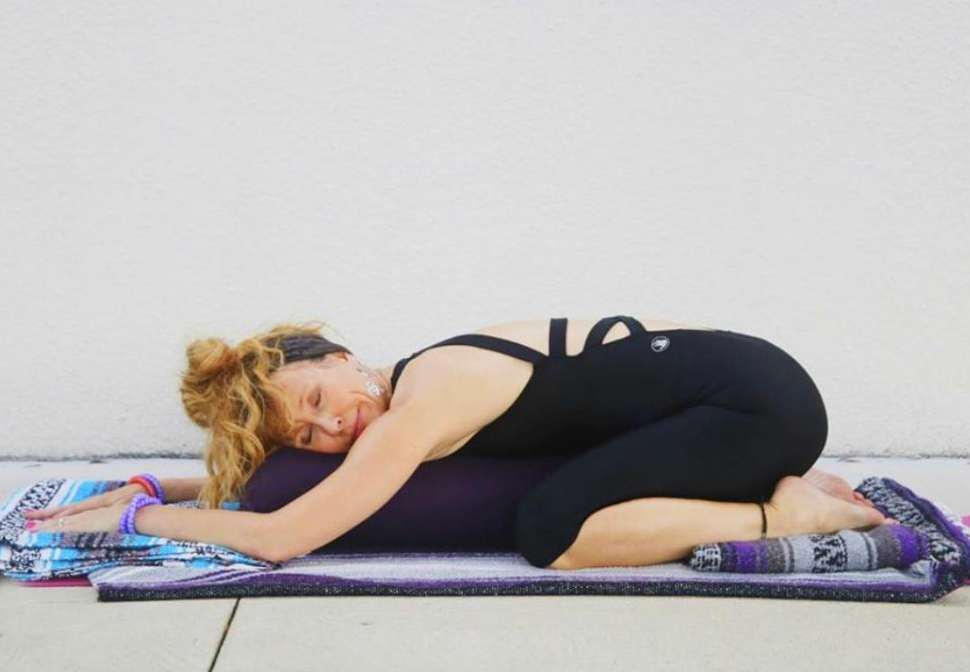
At the point when we don't handle these feelings, the biochemical and physiological impacts can wait in the body, even after the apparent danger has passed. A confounded cycle occurs after some time, and albeit logical specialists keep on investigating how the body feels and stores feelings, it isn't yet completely comprehended.
What we cannot deny is that yin yoga assists us with tracking down quietness through lengthy held extends. By beginning to stand by listening to our bodies and calm our considerations, we can cajole the body and brain into a space of calm. As the body shifts into the parasympathetic sensory system, we wind up in a less tense and receptive profound state. As we figure out how to encounter sensory system guideline, we can start to feel troublesome feelings with less unpredictability and maybe work through them.
We don't necessarily in all cases grasp the reason for our feelings. We may not be certain for what reason we're irate, miserable, or discouraged. The response could be that we want reality, whether to permit feelings to surface or to scatter. On the off chance that you're encountering troublesome feelings or injury from past or current circumstances, you might need to look for remedial help as feelings emerge instead of depend solely on yoga.

At the point when the body is still, the brain frequently meanders, which can make rehearses like yin yoga testing. On the off chance that you experience this, take your consideration back to your faculties and what's going on for you at the time. Take stock of the manner in which your body feels. Notice what's going on to you. Be the onlooker.
A Yin Yoga Practice for Dialing Back and Feeling Your Feelings
The accompanying arrangement of yin yoga stances is intended to assist with calming the sensory system. Carry your thoughtfulness regarding any uneasiness, and instead of oppose it, sit with it briefly and make some space through your breath. Albeit part of the act of yin yoga is sitting with gentle inconvenience, it isn't planned to evoke torment, so go ahead and change yourself to track down a more agreeable position. A few of the postures incorporate helpful choices, which highlight not so much stretch but rather more help.
Accumulate every one of the props you have accessible (covers, reinforces, and obstructs) and permit yourself about an hour for this training.
1. Stomach Relaxing
Rests or track down an agreeable situated position. Shut your eyes if that feels good. You have the choice to put your hands on your tummy or you can put one hand on your stomach and the other on your heart.

Begin by carrying your attention to your breath. Frequently when we experience tension, our breath turns out to be exceptionally shallow and focused in our upper chest. I welcome you to check whether you can dial back your breath, which will assist with quieting the sensory system.
Carry goal to your navel as you breathe in and inhale profoundly into your gut, and afterward leisurely breathe out. Proceed with this breathing succession for 3 minutes. Check whether you can feel the midsection move as you breathe in and breathe out. Perhaps you don't exactly feel it, and that is typical. Be that as it may, attempt to interface with your breathing and notice assuming that the nature of your inward breaths and exhalations feel different as you practice.
Proceed with breathing at your own speed, just seeing it. At the point when you're prepared, return to your normal breath.
2. Leaned back Bound Point Posture

Go ahead and practice Leaned back Bound Point regardless of props. I like to lay my spine on a cushion or collapsed cover, which helps make it a heart-opener notwithstanding a hip-opener. You can rest your arms close by your body, palms up, in spite of the fact that I like to put one hand on your paunch and the other on your heart to genuinely tune into two pieces of my body that are naturally associated with feeling and putting away feelings. Remain here for 5 minutes.
3. Dozing Swan
This posture, which is like Pigeon Posture, is quite possibly of the most profound hip opener we practice in yin yoga, and frequently one of the most actually and intellectually testing. Use however many props as you'd like so you can feel upheld and discover some simplicity in the posture. You could take a block or a collapsed cover underneath the hip of your bowed leg for help. You can likewise bring a block underneath your temple, or a support, cushion, or collapsed cover underneath your chest.
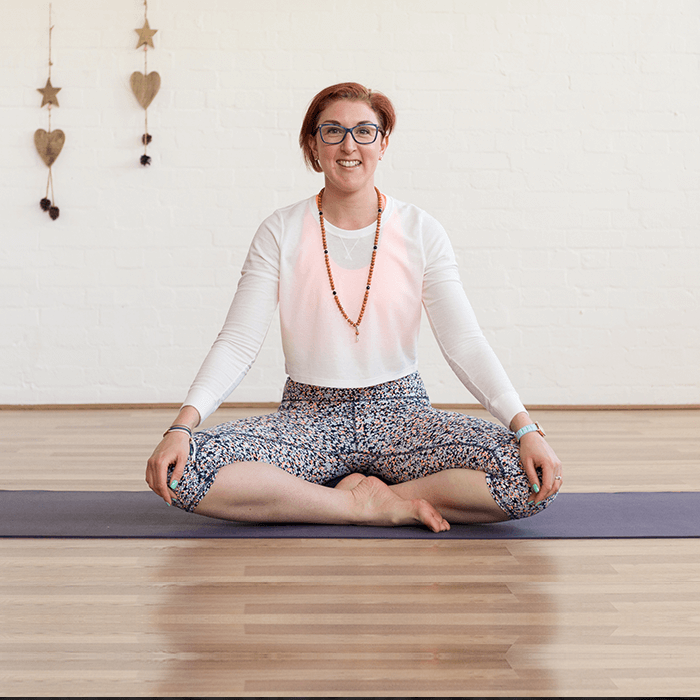
As you find your direction into a form of Dozing Swan that permits you to encounter a stretch with practically no strain, embrace that sensation of help as a chance to be held. Have a good sense of reassurance to permit whatever necessities to surface to do as such. Remain here for 2 minutes. Rehash on the opposite side.
4. Kid's Posture
This posture is so precisely named. It permits us to twist up and embrace the ethics of being honest. As we turn internal, we in a real sense permit ourselves to turn out to be little. Here, we are permitted to simply be, without the need to dazzle, act, or answer in a specific way. It is an encouragement to be powerless and allowed our feelings to stream uninhibitedly.

This posture is frequently taken with wide knees to empower opening in the hips. Reinforces, pads, and collapsed covers are useful backings. Mess with various adjustments to see what feels best in your body.
You can bring a sweeping underneath your knees for padding, take a reinforce or cushion the long way underneath your chest for help, arrange a pad or collapsed cover on your calves to help your base, or bring a pad or collapsed cover underneath your temple. In the event that you turn your head aside, switch bearings part of the way through the posture. Remain here for 5 minutes.
Frequently Asked Questions!
How does yin yoga release emotions?
Yin is composed of tension and compression as well as rebounds that create a cleansing of the fascia and connective tissues. This releasing action that yin creates can bring up all kinds of emotions. Many students find that the most 'triggering' poses are those that work on releasing connective tissue around the hips.
Does yin yoga release trauma?
It has even been shown to help trauma survivors, reshaping their responses to triggers and reducing their symptoms, stress, and anxiety. But there are several important considerations to take into account in order to provide a safe, healing experience for survivors, especially if you're considering Yin Yoga for trauma.
Can yoga release stored trauma?
Yoga movements, especially those focused on mindful breathing and gentle stretching, can help release trauma stored in the body. The practice promotes body awareness, encouraging individuals to connect with their sensations and emotions.
What trauma is stored in the neck?
Fear and anxiety are also frequently stored in this area, particularly as a physical response to danger (as the neck is a vulnerable area) or strange environments. Neck muscle tension is also related to trust issues.

